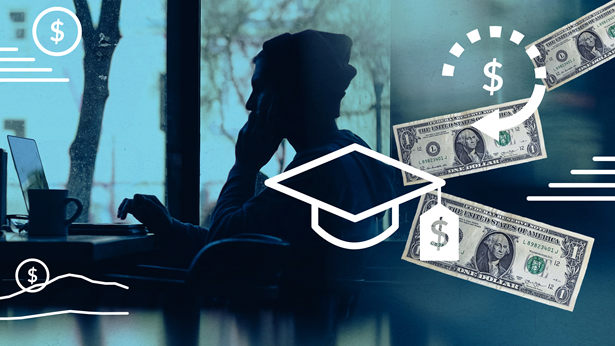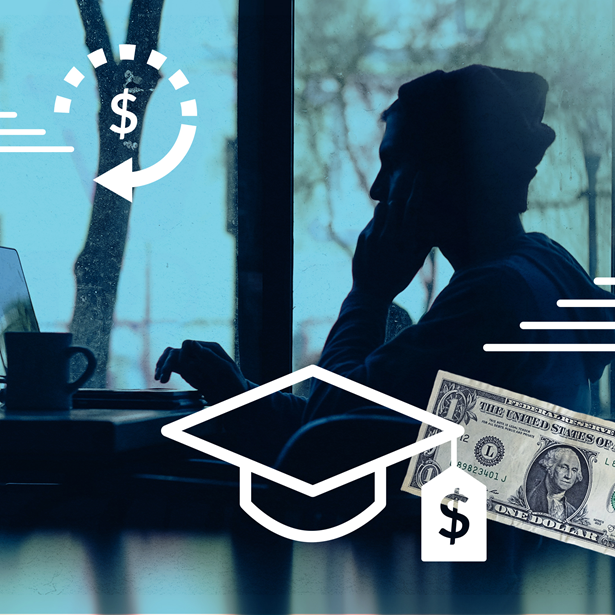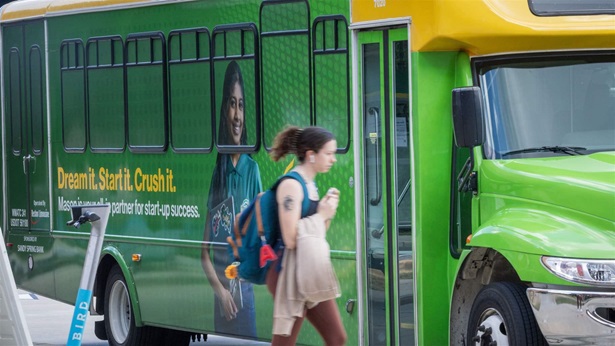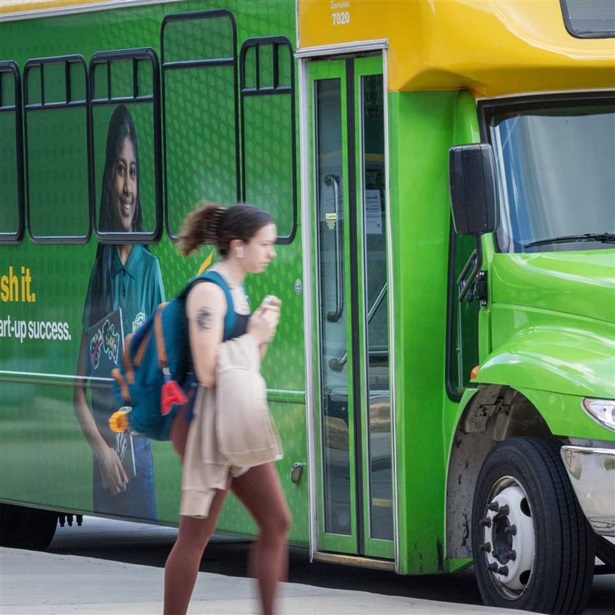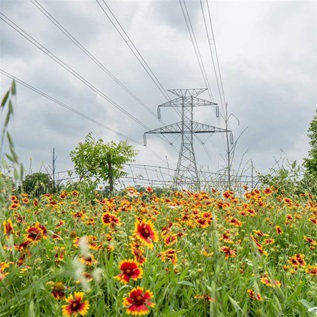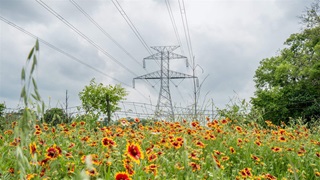Student Loan Borrowers Who Repay With SAVE Can Prevent Balance Growth
Those in new income-driven repayment plan can benefit from interest subsidies in first year and beyond

A new income-driven repayment (IDR) plan is already helping federal student loan borrowers who have had to resume payments since the end of the pandemic-related pause in October. Nearly 7 million borrowers have enrolled in the Saving on a Valuable Education (SAVE) Plan since it was made available last fall. That includes 2.8 million borrowers who are using an IDR plan for the first time.
SAVE improves upon previous IDR plans, most notably by changing the definition of discretionary income to increase the number of low-income borrowers eligible for what are known as $0 payments. The plan also subsidizes any unpaid interest that remains after a borrower makes a payment—meaning that balances will not increase over time. These $0 payments count toward eventual forgiveness. SAVE accelerates that process, granting forgiveness after 10 years of payments for those with original balances of less than $12,000.
To assist individuals who may be struggling financially during the initial year of the repayment restarting, the U.S. Department of Education also created an “on-ramp period” that runs through Sept. 30. During this period, late payments will not be reported as delinquent to credit bureaus, but interest will continue to accrue. For those who do make payments during this time, SAVE’s interest subsidies will prevent balances from growing. That’s a significant improvement from past IDR plans, where borrowers reported that balance growth discouraged their repayment efforts and made them feel as if successful repayment was out of reach.
If eligible, borrowers should consider enrolling in SAVE during this on-ramp period so they can make low or $0 payments and take advantage of important interest benefits. Enrolling now will also set borrowers up with more affordable repayment plans in the long term; SAVE is set to halve payments for undergraduate borrowers next summer.
Sample scenarios highlight big interest benefits in first year of repayment
To illustrate the effects of SAVE enrollment on repayment outcomes, Pew modeled how borrowers with different levels of educational attainment might fare in the program during the first year of repayment compared with the Standard Repayment Plan that borrowers are automatically placed in when they enter repayment (See Figure 1). The sample scenarios use median incomes and loan balances at three levels of educational attainment: a borrower who attempted but did not complete a degree; a borrower with an associate’s degree; and a borrower with a bachelor’s degree.
The outputs in Figure 1 represent SAVE as implemented for borrowers during the current on-ramp period. Under the new plan, payments during this time will be set at 10% of discretionary income— defined as anything above the first $32,800 of income for single borrowers and increasing as family size increases. Next summer, payments will decrease from 10% to 5% of discretionary income for undergraduate borrowers. This decrease is not included in the modeling, which highlights the benefits available to borrowers during this initial year following the resumption of repayments.
Pew researchers evaluated how the final version of SAVE will affect borrower payments once fully implemented. The version of SAVE reflected here does include the shortened forgiveness window, which will accelerate the time until forgiveness to 10 years of qualifying payments (previously 20 years) for borrowers with original undergraduate balances of less than $12,000. This acceleration will factor into every additional $1,000 borrowed (e.g., forgiveness after 11 years of payments for borrowers with original balances of $13,000), increasing up to a maximum of 20 years for borrowers with undergraduate loans.
SAVE Plan Generates Significant First Year savings on Federal Student Loan Payments
Comparison of new income-driven repayment plan and the standard plan
| No Degree | Associate Degree | Bachelor's Degree | ||||
| Standard | SAVE | Standard | SAVE | Standard | SAVE | |
| First year monthly payment | $109 | $0 | $218 | $0 | $358 | $110 |
| Interest subsidy (monthly) | N/A | $46 | N/A | $92 | N/A | $41 |
| Interest subsidy (first year) | N/A | $554 | N/A | $1,103 | N/A | $486 |
| Repayment period (in months) | 120 | 120 | 120 | 228 | 120 | 240 |
| Starting income | $18,704 | $25,377 | $41,964 | |||
| Starting balance | $9,800 | $19,520 | $32,060 | |||
| Annual income growth | 0.50% | 1.50% | 2.50% | |||
| Interest rate | -194.50% | -94.50% | 5.50% | |||
| Note: Figure compares the repayment outcomes of borrowers at different levels of educational attainment based on the repayment plan they are enrolled in. The starting income and balance levels for each reflect the median values recorded in federal datasets, expressed in 2023 dollars. For additional details on how the data used to generate these estimates was gathered, see the Methodology. |
As seen in Figure 1, the median income borrower at each level of educational attainment achieves a significant benefit from enrolling in SAVE instead of remaining in the Standard Plan. The median borrower with debt but without a degree, as well as the median borrower with an associate degree, should be eligible for a $0 payment for the full term of repayment under SAVE. This expansion in $0 payment eligibility comes because of how SAVE changes the definition of discretionary income, which is used to calculate borrowers’ payments.
In contrast to other IDR plans, which define discretionary income as the difference between a borrower’s annual income and 150% of the poverty guidelines for the borrower's family size and state, SAVE defines it as 225% of the poverty guidelines. That expands the amount of income protected from the payment calculation and, in turn, the number of borrowers eligible for $0 payments.
In addition to payment relief in the form of $0 payments, these borrowers would also benefit from interest subsidies that prevent their balances from growing as on-time payments are made. In the first year of repayment alone, this amounts to a significant benefit—$554 for the median borrower without a degree and $1,103 for the median borrower with an associate’s degree. The benefits of the interest subsidies will also work against the harmful effects of balance growth, which can discourage borrowers who see the amount owed grow while engaging in the repayment system.
The median borrower with a bachelor’s degree would also see significant savings from enrolling in SAVE instead of remaining in the Standard Plan. That borrower is projected to save $486 in interest subsidies in the first year of repayment alone, in addition to a large decrease of nearly $250 in the projected monthly payment. Although these borrowers would remain in repayment for a longer period than if they had enrolled in the Standard Repayment Plan, they would benefit from significantly smaller monthly payments during this period as well as from the interest subsidies.
Continued engagement needed to encourage enrollment in money-saving initiatives
Millions of borrowers are already enrolled in SAVE and benefiting from its interest subsidies and lower monthly payments. During this initial return-to-repayment year, the Department of Education should continue to work with its partners to spread the word about the benefits of SAVE and other programs to highlight the immediate advantages that many borrowers could benefit from—with an emphasis on low-income borrowers and borrowers facing other financial barriers to repayment.
Brian Denten is an officer and Ilan Levine is a senior associate with The Pew Charitable Trusts’ student loan initiative.


